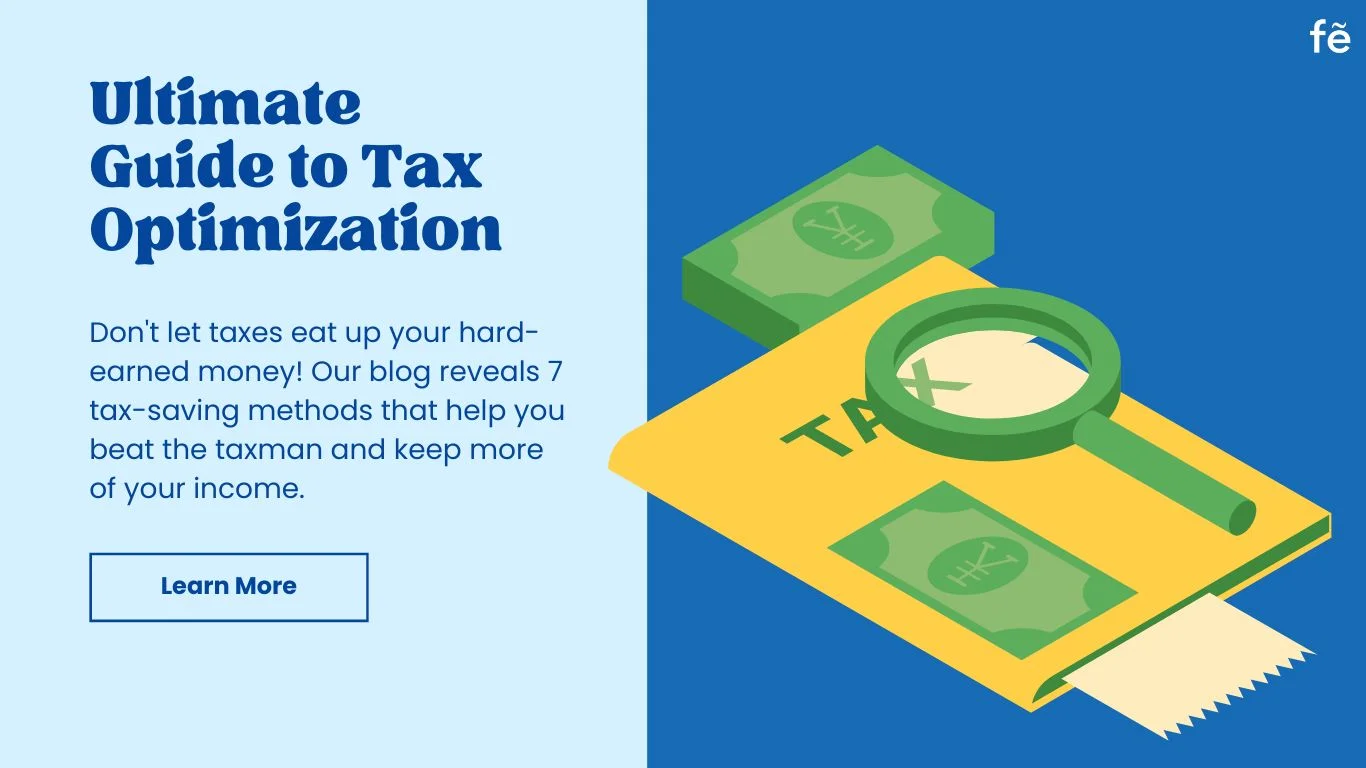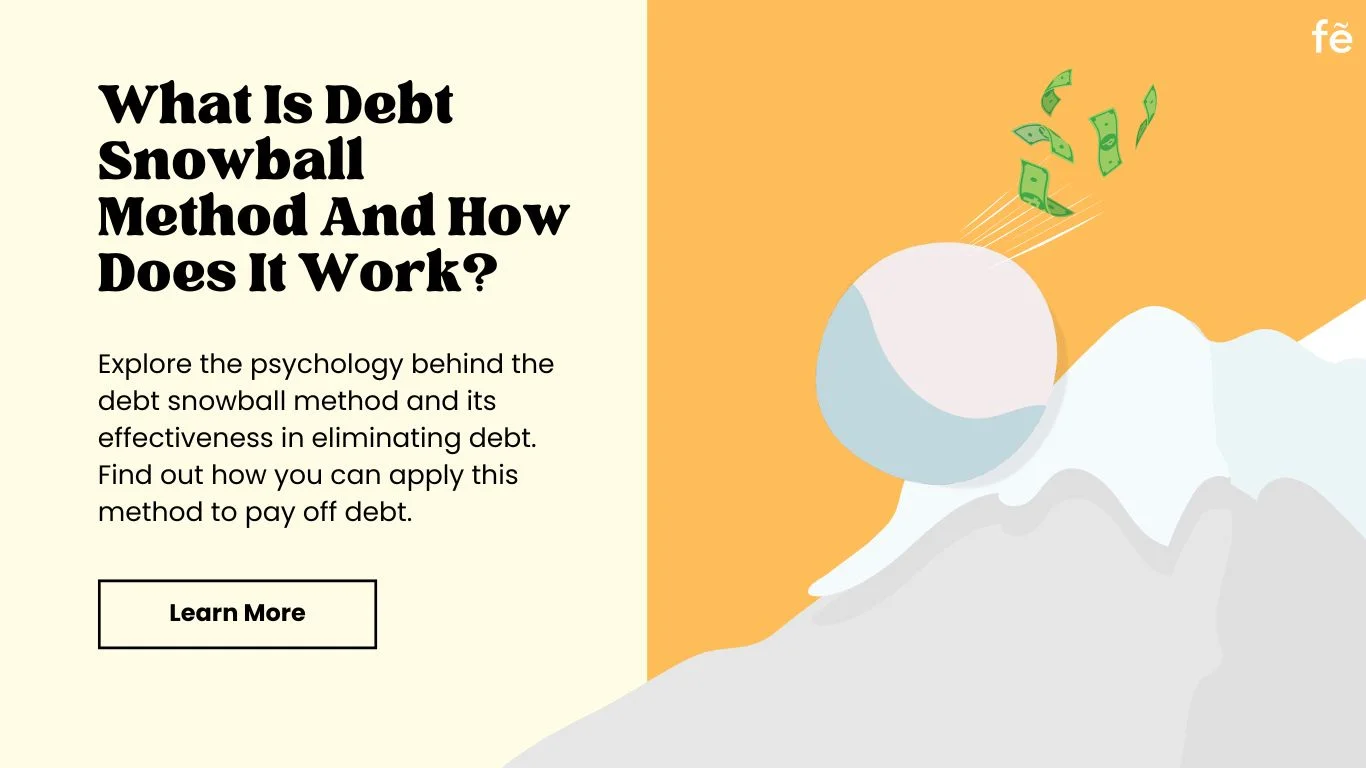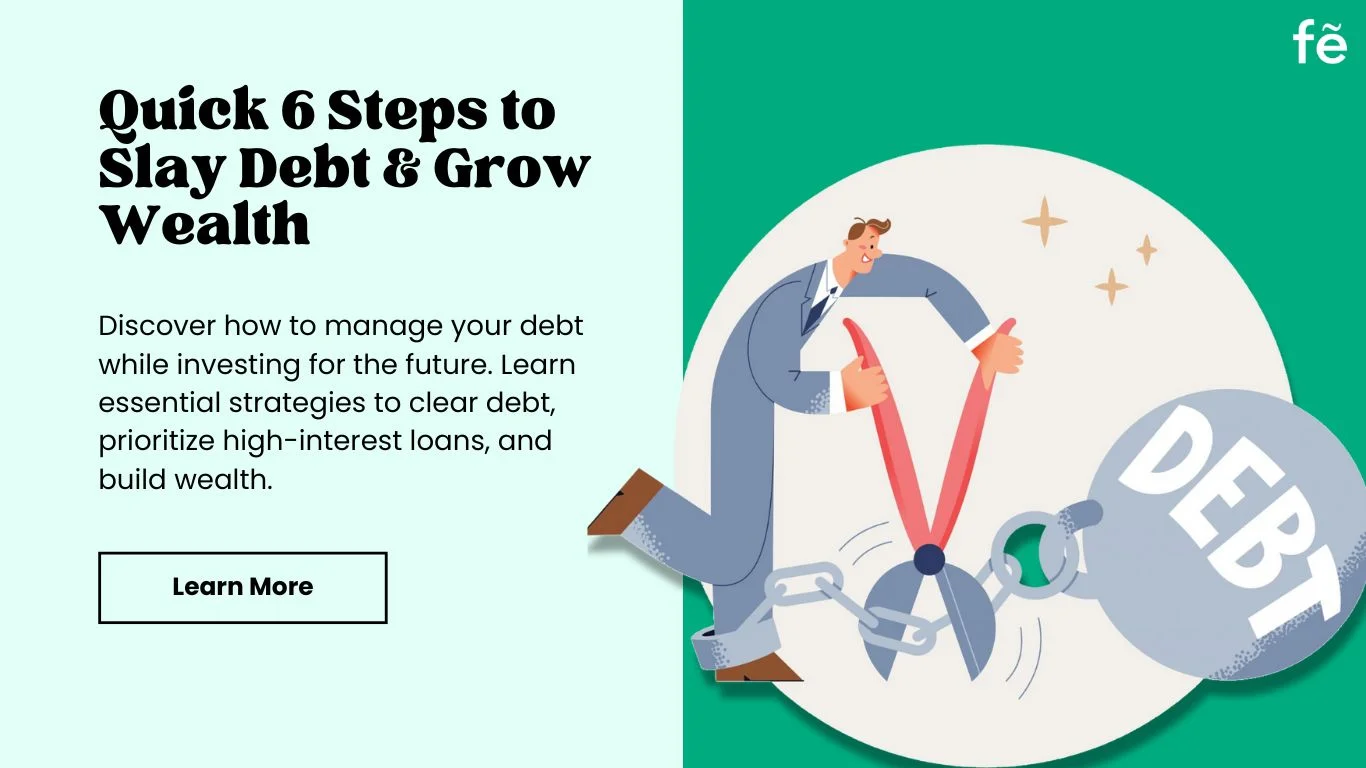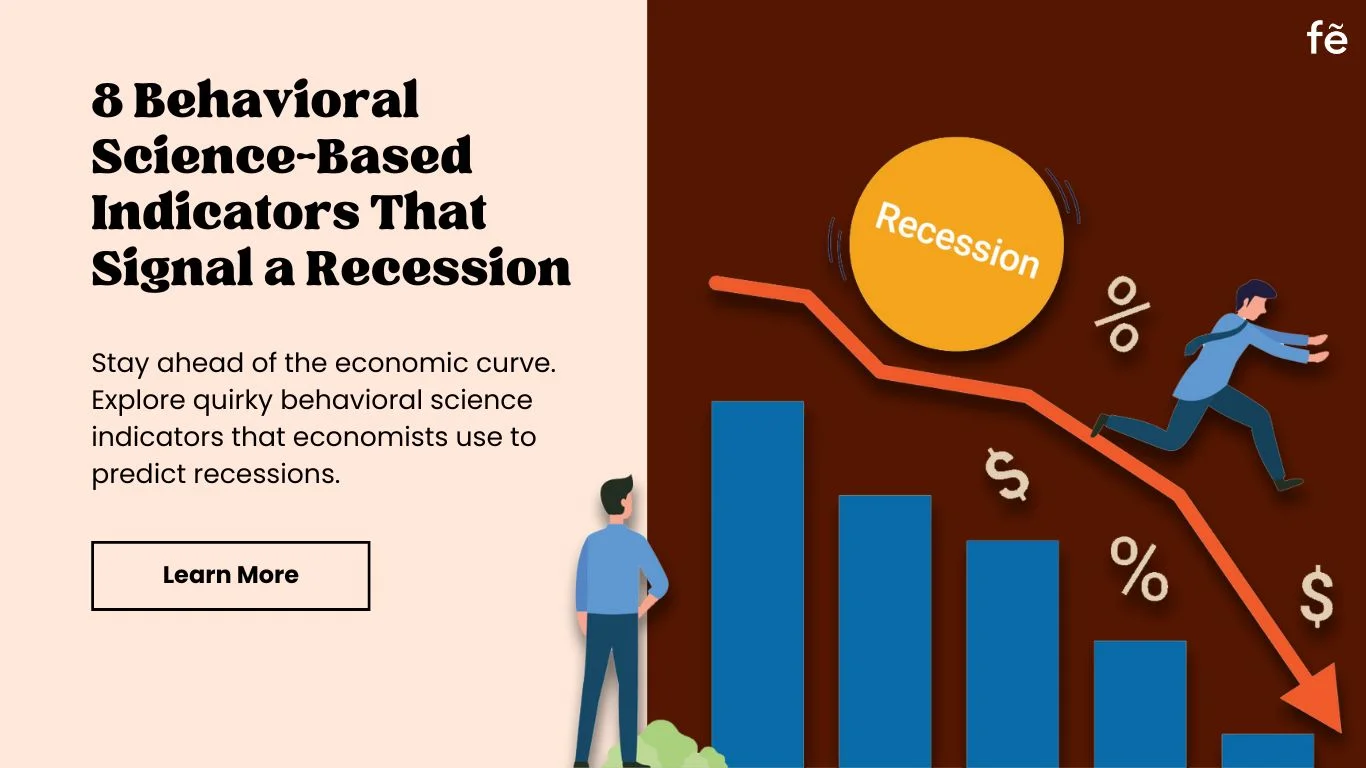
Behavioral science is helpful in many areas, like product development, marketing, and even in personal and professional situations. But did you know it can also be used in finance and economics?
Here we explore some indicators based on behavioral science that economists have used to predict recessions. These indicators focus on how people's actions and behaviors in certain situations can signal economic downturns.
These strange indicators might seem odd, but they've surprisingly lined up with recessions before. Let’s quickly look at the top 8 unusual signs of a recession, with examples and a bit of history behind them.
Top 8 Behavioral Science Indicators That Predict Recessions
1. The Lipstick Index
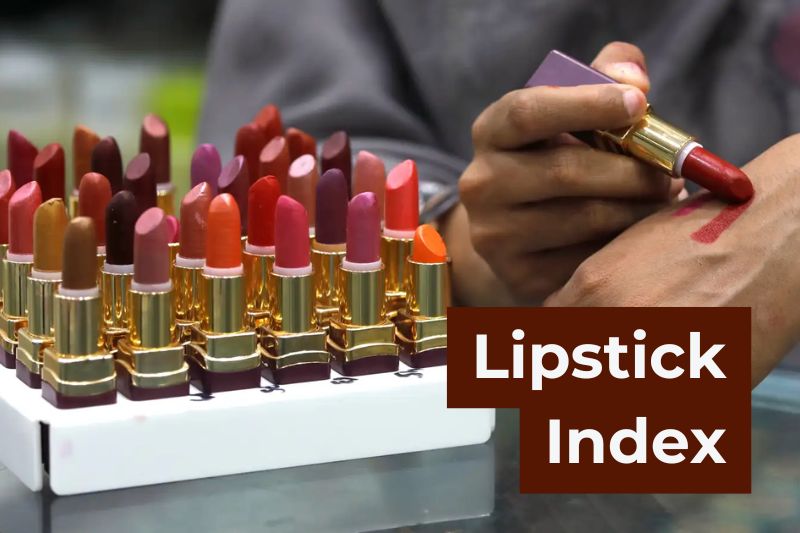
The Lipstick Index is a term created by Leonard Lauder, former chairman of Estée Lauder, during the early 2000s recession. It suggests that during tough economic times, people cut back on expensive luxury items but still treat themselves to smaller, affordable luxuries like lipstick. So, when the economy is struggling, lipstick sales often go up.
Example: 2001 Recession Due To Dot-com Bubble
During the 2001 recession, which was caused by the dot-com bubble bursting and worsened by the 9/11 attacks, Estée Lauder saw an increase in lipstick sales, even though other parts of the beauty industry were struggling. This was seen as a sign that people were looking for small comforts during difficult times.
Although the Lipstick Index is more of an observation than a scientific measure, it shows how consumer habits can change in surprising ways during a recession, with people choosing small luxuries to keep a sense of normalcy.
2. Wedding Dress Sales

Did you know that wedding dress sales can hint at an economic downturn? When the economy is struggling, couples might delay or scale down their weddings, leading to fewer wedding dress sales. This reflects general financial caution since weddings are often a big expense.
Example: 2008 Global Financial Crisis
During the 2008 financial crisis, many bridal shops saw a drop in sales as couples postponed their weddings or chose simpler, cheaper ceremonies. This was because people were worried about the economy, with many facing job losses and tighter budgets.
The drop in wedding dress sales during a recession shows how economic stress can affect major life choices, with couples focusing on financial stability over big celebrations.
3. Secondhand Market Boom

When money gets tight, people often turn to the secondhand market—a trend that can signal economic uncertainty. At that time, people often buy and sell used items to save money. This can show up as more activity on online resale sites, increased shopping at thrift stores, and more garage sales.
Example: Great Recession (2007-2009)
During the Great Recession, there was a big increase in the secondhand market. Many people turned to platforms like eBay to sell items for extra cash or find deals on used goods. Thrift stores also became more popular as people looked to save on essentials.
This shift towards buying used items shows how people adapt their spending habits during economic stress, focusing on savings and practical choices. It also highlights a trend toward sustainability, as buying secondhand is both cheaper and better for the environment.
4. DIY Home Improvement Surge

During recessions, people often try to save money, and one way this shows up is through a rise in DIY (do-it-yourself) home improvement projects. When the economy is doing well, homeowners usually hire professionals for renovations. But during tough times, they often handle these projects themselves to cut costs.
Example: COVID-19 2020 Recession
During the COVID-19 2020 recession, many people started DIY home improvement projects. With people spending more time at home and looking for ways to enhance their living spaces on a budget, sales of DIY supplies like paint, tools, and garden items went up.
Stores like Home Depot and Lowe’s saw a big increase in sales as people chose to do the work themselves rather than hire contractors. This trend shows how economic downturns can lead people to find ways to save money, even with home improvements.
5. The Men’s Underwear Index

The Men’s Underwear Index (MUI) was popularized by former Federal Reserve Chairman Alan Greenspan, who suggested that sales of men's underwear are an unusual but telling indicator of economic health. The reasoning is that men's underwear is a basic necessity, and when times are tough, men may delay purchasing new underwear, leading to a decline in sales.
The Men’s Underwear Index (MUI) was introduced by former Federal Reserve Chairman Alan Greenspan. It suggests that sales of men’s underwear can be an unusual but useful indicator of economic health. Since underwear is a basic need, and when times are tough, men may delay purchasing new underwear, leading to a decline in sales.
Example: 2008 Global Financial Crisis
During the 2008 financial crisis, sales of men’s underwear went down as people cut back on spending and delayed buying new underwear. Retailers saw that men were keeping their old underwear longer, matching the overall economic downturn.
The MUI is seen as a sign of how basic spending is affected during tough times, with a drop in sales indicating that even most basic items are being cut back.
6. The Tie Index

The Tie Index suggests that men wear more ties during economic uncertainty, especially conservative and darker-colored ones. As job markets get tougher, men dress more formally to look professional and improve their chances of keeping their jobs or succeeding in job interviews.
Example: 1990s Recession
The Early 1990s Recession saw a rise in tie sales, especially in darker colors, as men tried to look more serious and professional in a tough job market. This trend was especially noticeable in fields like finance and law, where appearance is important for career success.
The Tie Index, though not scientifically proven, only shows how people change their appearance in response to economic stress and job market challenges.
7. Junk Food Consumption
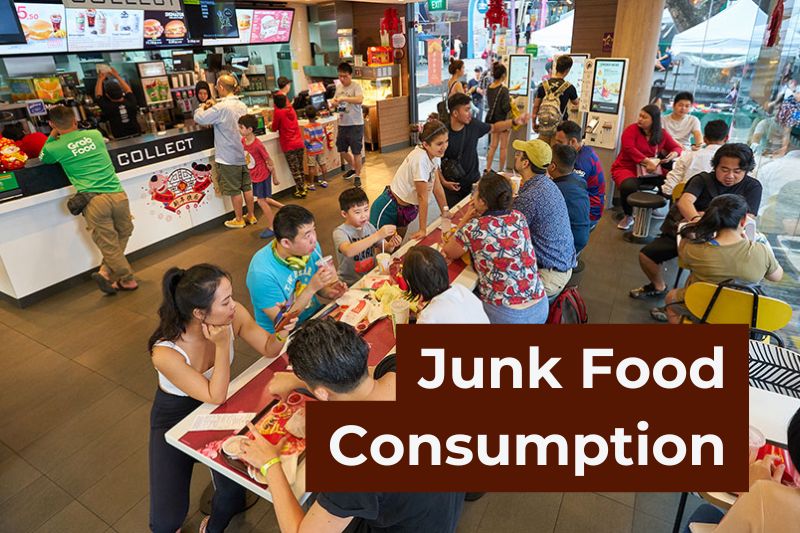
Junk food consumption usually goes up during recessions because people look for cheap comfort foods for instant gratification. Fast food, snacks, and processed foods become more popular since they're affordable and provide quick satisfaction.
Example: The 2008 Financial Crisis
During the 2008 financial crisis, junk food and fast food sales went up as people looked for cheaper meal options and comfort during stressful times. Brands like McDonald’s and Coca-Cola saw steady or increased sales, showing that people were choosing more affordable treats.
This rise in junk food consumption during recessions shows how economic stress affects what people eat, leading them to choose familiar, low-cost foods for comfort.
8. The Skyscraper Index
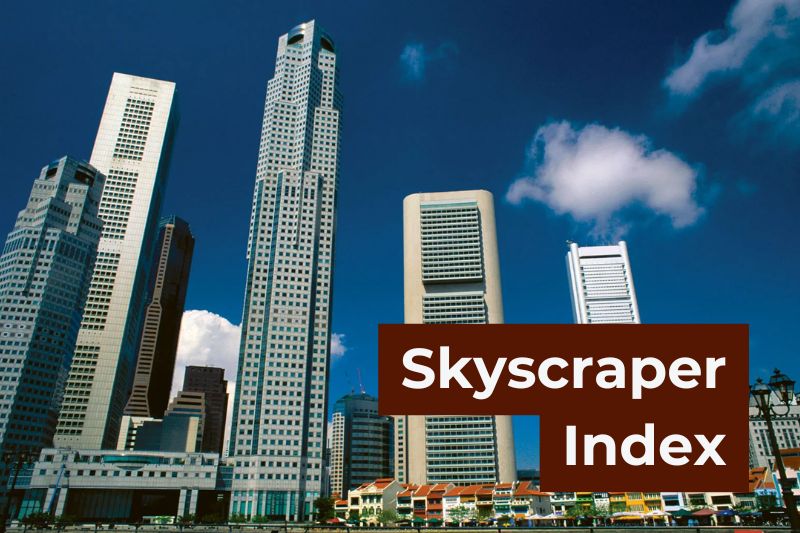
The Skyscraper Index, introduced by economist Andrew Lawrence in 1999, suggests that the construction of the world’s tallest buildings often occurs around the same time as economic downturns. This theory suggests that record-breaking skyscrapers are often finished just before or during recessions, possibly because of overconfidence or too much investment during good economic times.
Example: Burj Khalifa & Empire State Building
The Burj Khalifa in Dubai, the world’s tallest building, was finished in 2010, right after the Great Recession. Construction started during the mid-2000s economic boom but faced major financial problems as the global economy worsened. Its timing seems to fit with the Skyscraper Index theory.
Other examples include the Empire State Building, built during the Great Depression, and the Petronas Towers, completed during the Asian Financial Crisis. While the Skyscraper Index isn’t a perfect predictor, it highlights the risks of overextending during economic booms.
Conclusion
While these unusual signs of a recession might seem more like curiosities than reliable economic indicators, they give us unique insights into how cultural and consumer behaviors reflect the economy.
These unconventional indicators won't replace traditional economic measures, but they offer an interesting view of how small changes in everyday life can signal shifts in the economy. Paying attention to these quirky signs might help you anticipate the next recession, or at the very least, give you an interesting conversation starter.
You May Also Like:
- 11 Mindful Money Habits for a Wealthier Life
- 6 Essential Steps for Managing Debt and Investing Wisely
- 13 Ways to Make Your Credit Card Work for You (For Beginners)
- 7 Smart Strategies to Minimize Your Taxes
- en.wikipedia.org/wiki/Lipstick_inde
- www.investopedia.com/lipstick-effect.asp
- www.reuters.com/second-hand-retailers-and-recession
- ingage.io/a-recession-is-a-perfect-time-for-dly
- en.wikipedia.org/wiki/Men_underwear_index
- ft.com/15f88980-e695
- www.jstor.org/27098605
- global.ctbuh.org/resources/51-Journal2012.pdf
- bluewealth.com.au/the-skyscraper-index


